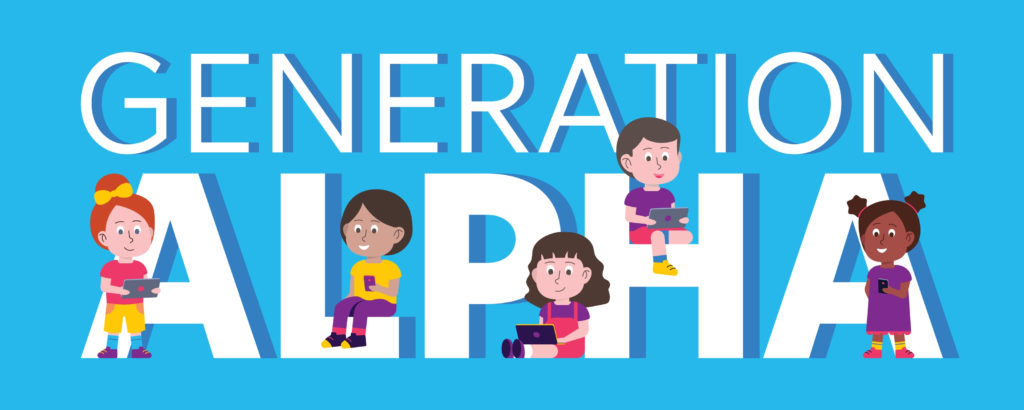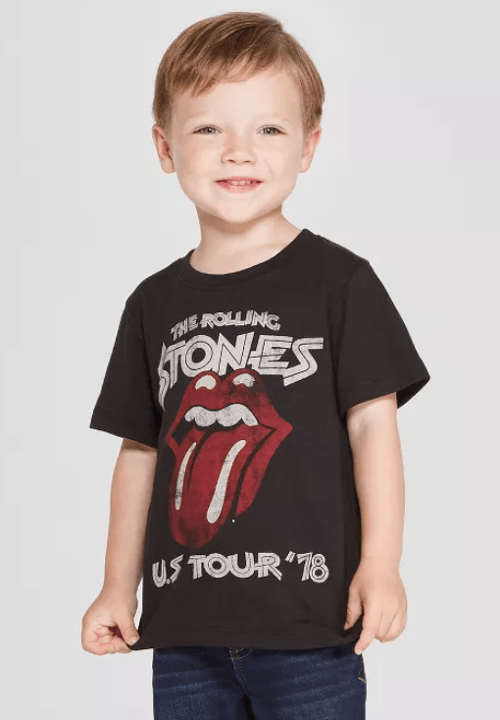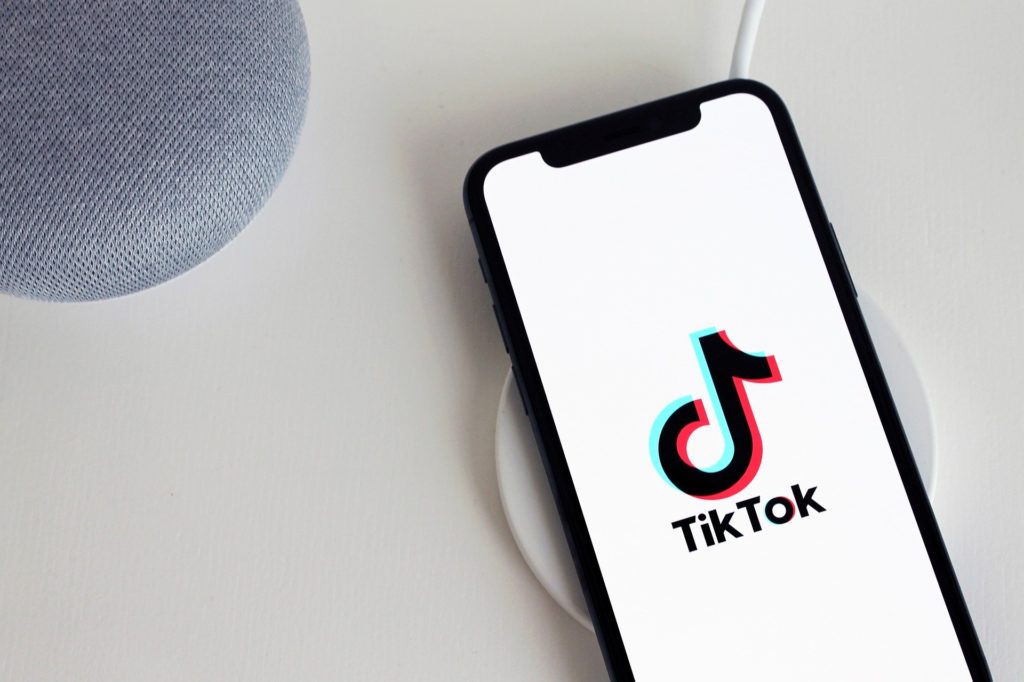
We’re going to see a great deal of focus on kids in the coming months…and years. Our children and grandchildren have been deeply impacted by the pandemic, essentially missing a year of school – and socialization.
How the various vaccines will be approved and distributed is still vague, but the CDC has indicated a plan may be in place starting in the fall. Of course, that coincides with the start of school, so the COVID mystery may continue as the U.S. sorts out its pandemic game plan.
From a marketing point of view, Gen Z (those born between 1996-2009) – and their successors, Gen Alpha (those born after 2010) – will be the big story for years. If you think you got tired of reading about Millennials these past few years, the size and importance of these “kid gens” will keep planners, strategists, researchers, sociologists, and marketers very busy.
story for years. If you think you got tired of reading about Millennials these past few years, the size and importance of these “kid gens” will keep planners, strategists, researchers, sociologists, and marketers very busy.
The radio business should be no exception. But sadly, the economic pressures over the last decade plus – starting with the Great Recession – have kept broadcasters focused mainly on what’s in front of them – the next quarter’s earnings – rather than a long-term game plan.
You’re beginning to see kid branding and targeting among some mega consumer brands, all of which are attempting to fortify their strategic thinking, while making a plan for the future. Last year, this blog looked at the NFL’s efforts to reach out to next gen consumers by turning over an entire night game to the zanies at Nick-At-Nite. It made for a slimy game – a brilliant way to introduce kids to football.
 “Why The NFL’s Gen Z Strategy May Be The Best In The Entertainment Industry” looked at how the league is constructing a marketing runway to attract emerging generations to the game. This Nick NFL takeover is just the beginning as brands look to start younger and younger in order to future-proof themselves down the road.
“Why The NFL’s Gen Z Strategy May Be The Best In The Entertainment Industry” looked at how the league is constructing a marketing runway to attract emerging generations to the game. This Nick NFL takeover is just the beginning as brands look to start younger and younger in order to future-proof themselves down the road.
In my reading regimen – a non-stop activity – I keep seeing news and media-related stories that are Gen Z (and younger) in focus. Coincidence? No such thing.
I’ve pulled a troika of stories – a triple-shot for those of you in rock radio – that underscores the value of the youth market to the business community. And that begs the question of exactly when radio broadcasters will begin to start planning strategies that embrace a massive number of young consumers, most of whom have little-to-nothing to do with an audio medium that’s a century old.
Here’s what smart brands are cooking up:
Publishers are getting a clue – The first story appeared in Digday by Kayleigh Barber last week. “Why legacy publishers are focusing on growing their offerings for kids” is a must-read. Radio broadcasters may look at the print community with a heavy dose of schadenfreude – yes, someone actually has it worse than us.
 But legacy print brands have gotten the memo and are actively tailoring content – and more importantly, strategies – to reaching kids and making a strong impression with their brands.
But legacy print brands have gotten the memo and are actively tailoring content – and more importantly, strategies – to reaching kids and making a strong impression with their brands.
Why? After all, kids don’t have much in the way of cash – or jobs for that matter. No one’s going to monetize them anytime soon. But as Barber points out, publishers see an opportunity through subscriptions and sponsorships to generate revenue.
But more to the point, exposure to an entertainment/information outlet when a consumer is young can set a solid brand affinity. I’ve seen this for years in radio focus groups. Young public radio fans always point out that growing up, they were an “NPR backseat kid,” forced to listen to Morning Edition, Terry Gross, and All Things Considered as young passengers.
Over in “rock world,” one reason why legendary stations like WRIF, KLOS, WMMR, and KISW have done well with younger consumers is that these radio blowtorches were on at home and in the car, exposing them to the music as well as station personalities and hometown content.
Thus, The New York Times Kids, a section that’s 12 pages long, appearing monthly. Soon, there will be a kid-driven mobile app (smart!). The newspaper has kept NYTK virtually commercial-free, with only the back cover of the section featuring ads.
Similarly, Time for Kids is part of the magazine’s strategy to be viable well into the 2000s. In fact, this in-school content (a version of the print edition) has been published for more than two decades.
edition) has been published for more than two decades.
When COVID reared it ugly head, Time began a digital distribution plan designed to ensure their kids content made it into homes. Barber reports that early in the pandemic, Time added 350,000 subscribers and racked up 2 million downloads. Now, they’ve partnered with YouTube, while also gamifying their website which reached 4 million unique visitors in 2020.
Several brands are also including kids in content creation, a more immersive experience. The Week Jr. (the kids version of The Week) recently launched a Junior Council of 12 young journalism enthusiasts who will file their own stories, including conducting interviews with Michelle Obama.
And America’s Test Kitchen – also very active in this space has an ATK Kids network of over 14,000 “taste testers.” The kids are sent recipes they can cook up and then review. The best of the best are published, and a YouTube channel provides another outlet where this test group can appear.
TikTok burnout – Speaking of content creation, a recent New York Times story says it all about the pressures that kids have appealing to other kids. In “Young Creators Are burning Out and Breaking Down,” Taylor Lorenz reports that TikTok heavyweights are feeling the pressure to keep cranking out those viral video masterpieces.
kids. In “Young Creators Are burning Out and Breaking Down,” Taylor Lorenz reports that TikTok heavyweights are feeling the pressure to keep cranking out those viral video masterpieces.
Having a million or more followers on the top teen social medium of choice is a heavy lift, especially for teens and twentysomethings trying to keep up with their peers.
Social media burnout is a “thing,” felt by some of the heavy influencers on TikTok, YouTube, and Instagram, many of whom report the thrill is very much gone, and the rigors of cranking viral posts have become more burdensome than gratifying.
Influencers note it’s a lot like signing on a hot new radio station that racks up a couple of big books out of the gate, only to fizzle out in ensuing ratings periods. As 22 year-old TikTok maven Lauren Stasyna told the Times, “It almost feels like I’m getting a taste of celebrity, but it’s never consistent and as soon as you get it, it’s gone and you’re constantly trying to get it back.”
If that sounds like a radio programmer or air personality talking, it’s clear that TikTok burnout is an issue for these young content creators as they try to become – and sustain – social media celebrity.
A radio company jumps into the Gen Z fray – It’s about at this point in the post where the focus turns on why radio broadcasters aren’t the least bit concerned that Gen Z (and Alpha) probably wouldn’t know how to turn on a radio, much less know what they are.
And that’s when I remind the radio corporate community to get a plan – to at least start talking about viable Next Gen strategies.
Well, a very clever one is in development at Salem Networks, and it’s the third story in this kids trilogy.
Salem specializes in Christian radio formats, and has put together a cadre of “safe” young influencers to help brands market themselves “responsibly.” According to Radio Ink, the Salem Influencer Network’s Mike Reed puts it in perspective.

“For years, Salem Media Representatives has been helping our advertising clients reach Christian and politically conservative consumers through multi-media advertising campaigns. A frequent request for our clients is to bring them more influencers.
“Over the last few years, we’ve been meeting the leading Christian YouTubers and Instagrammers who told us they needed representation they could trust to present them to major brands.”
Brilliant. A smart integration strategy that will bring the company – and its media assets –in closer touch with their future business model. It is especially important for a media company focused on Christian consumers, at a time when young people are moving away from religious institutions.
There will be many more examples of Next Gen marketing from legacy brands. Hopefully, more radio companies will get on board.
And just as radio CEOs have pointed to their tech innovations – podcasts, smart speakers, video content – as proof positive they’re evolving, you can envision a day when that quarterly earnings call will start heralding strategies that connect with Gen Zs and Alphas.
The next time one of those analysts blurts out, “But my kids don’t even listen to radio,” the industry will have a smart, savvy, and strategic comeback.
- Media And Technology In 2025: Believe It Or Not! - April 18, 2025
- In Radio, You Just Never Know - April 17, 2025
- The Secret To Making A Great Podcast (And Great Radio) - April 16, 2025




Leave a Reply